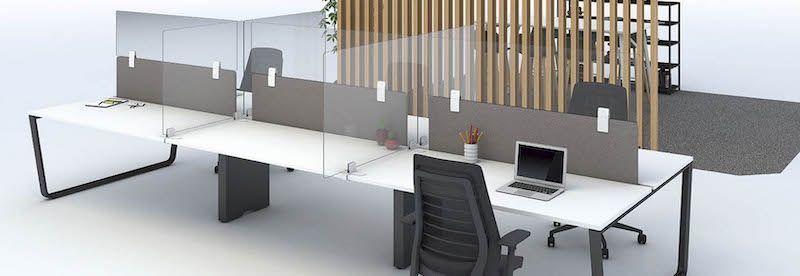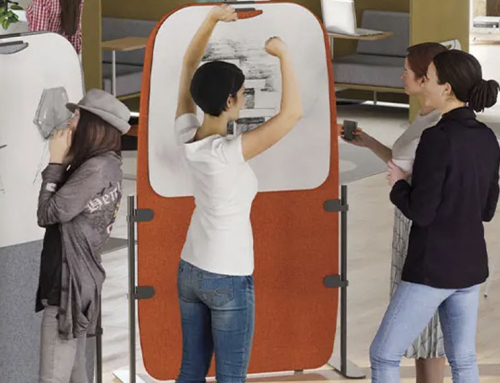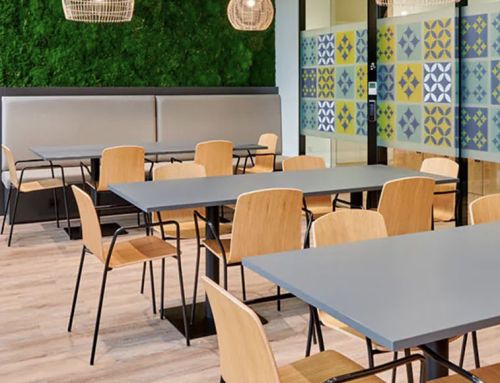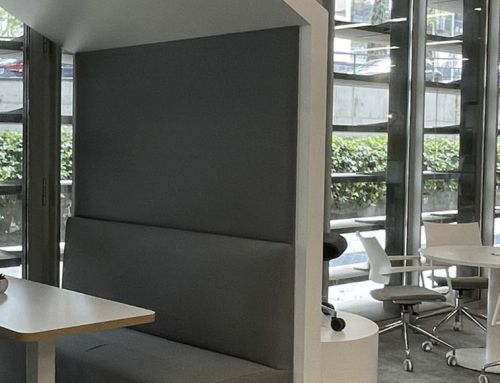The new reality imposed by Covid is already having an impact on office design. Companies are being forced to rethink their workspaces to try to ensure maximum safety for their users. But this redesign is not just a question of health and safety. It is also related to the need to respond to the new ways of working that have come with the pandemic. The trend is towards flexible and hybrid offices in terms of the coexistence of individual and group spaces.
The trend is towards flexible and hybrid offices.
Companies are already adapting to the new change. They are creating new spaces and new safety and security protocols so that their employees can work in healthy and efficient environments.
The ebook “The post-COVID workplace” analyses what the new workspaces will be like, and summarises their design in 4 steps: redefine, adapt, adhere and communicate.
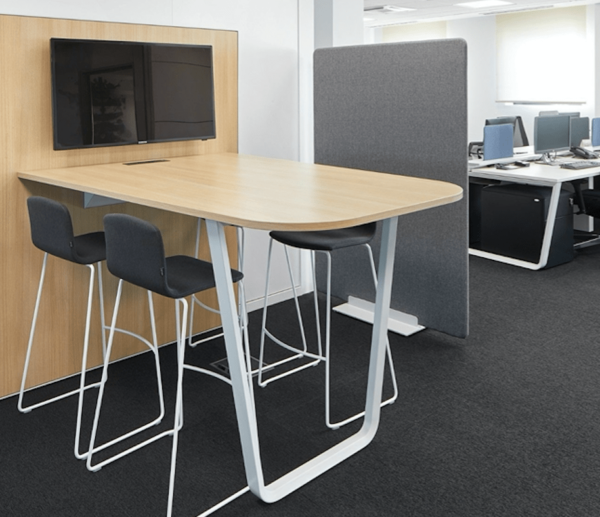
Redefining the post Covid office workspace
That is, redefine the purpose of the office and its different workspaces. Before starting to address the how, determine the why. It is essential to define the functions that each workspace should fulfil, depending on the demands of the business and its workforce.
Ultimately, most of this definition comes down to one question: why do employees come to the office? With several nuances to consider, including: Do they come solely to collaborate and socialise? Will they work from the office on designated days? Following a strict attendance protocol, or more informally? How will employees know which colleagues are in the office at any given time?
The answers to these questions will give us a picture of what the workplace should be like. We will also ask whether the demand for meeting rooms will increase or decrease, or whether workstations will need to be shared or will continue to be designated to individual employees. How many people will be in the office at any given time? We addressed these questions in a previous post, in which we looked at the menu of work spaces in new post-Covid offices.
Adapting the workspace
With the office conceptually redefined, we can now implement different measures to remodel spaces to ensure the safety of staff and to facilitate the new work dynamics, which are now more flexible, agile and collaborative.
These actions can include, for example: fitting out a new ventilation system; implementing a new distribution and/or configuration of workstations to maintain adequate safety distances between employees; determining safe routes through the office; signposting areas; reinforcing all the cleaning and maintenance guidelines for the facilities or having protective screens such as those of Ofita.
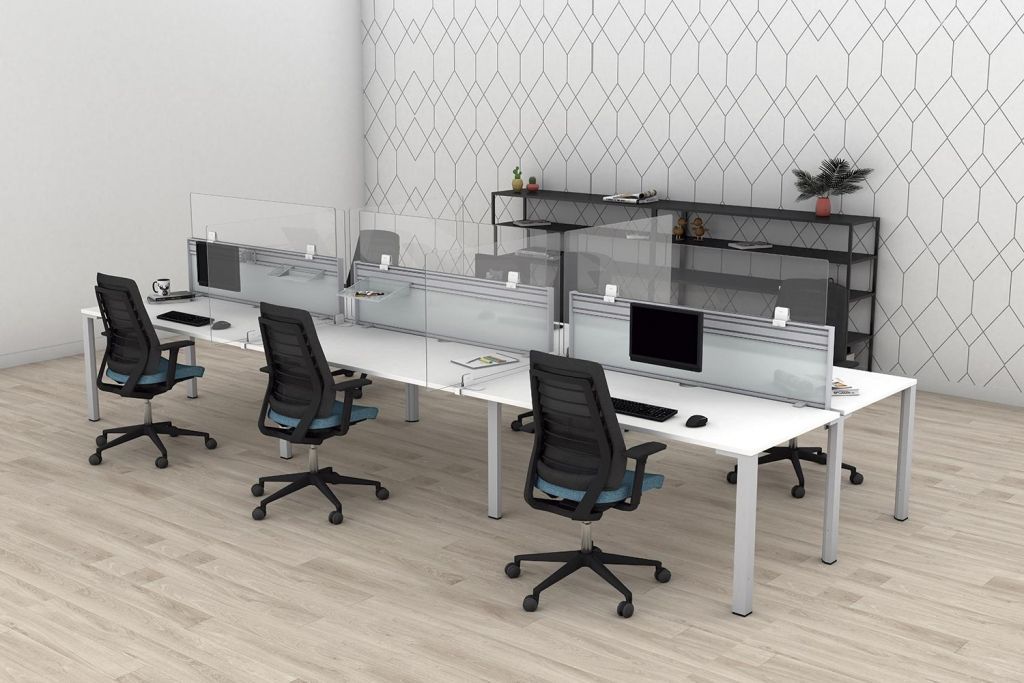
Ofita protection screens ensure separation between users without losing interaction and visual contact between them. They delimit the space and protect workers both laterally and frontally. An aesthetic, safe, easy to clean and easy to assemble solution. They prevent the transmission of pathogens, protecting the user when the distance between people does not exceed 2 metres, either at their workstation and/or in common areas.
Adhere to the new regulations
They refer to implementing plans and policies to adhere to the prevention and safety guidelines and recommendations of each country where the business is located.
Equally important is the rapid implementation of Covid plans to identify infected individuals, trace their contacts and make appropriate changes to working hours and shifts. Contingency plans that HR and PRL departments already have very well outlined in most companies.
Communicate
According to the ebook, all of the above sounds great from an employer perspective, but none of it works without employee buy-in.
What they will be looking for above all else is trust. They want to trust that the right measures have been taken to keep them safe, and they also expect that their concerns have been taken into account.
Only by being fair and transparent at all times, and involving the workforce in the redevelopment process as much as possible, can that trust be earned.
At Ofita we add to these reflections a 5th point: the design of spaces that take into account not only the physical health of the workforce but also their emotional well-being, especially now after months of enforced confinement. In this sense, design is becoming increasingly important in the implementation of offices.
